
Brothers HomeHistorical Archive 1975-1987
Brothers Home was South Korea's largest welfare facility, housing over 3,000 residents. Today, Brothers Home Pictures preserves this crucial history through authentic photographs and documents that inspired Squid Game.
Brothers Home Pictures
Historical Background
Discover the true story of Brothers Home through rare pictures from 1975-1987. These historical images reveal the reality behind Squid Game's inspiration.

Official Records
Brothers Home true story showing systematic operations similar to Squid Game
These pictures and documents showcase the systematic operations that later inspired Squid Game's organizational structure.

Daily Operations
Brothers Home daily routine pictures that influenced Squid Game scenes
These pictures tell true story of the strict daily routines and control systems that inspired similar elements in Squid Game.

Historical Background
Brothers Home pictures showing 1980s Korea facility that inspired Squid Game
These pictures document the facility during Korea's industrialization period, showing elements that influenced Squid Game's setting.
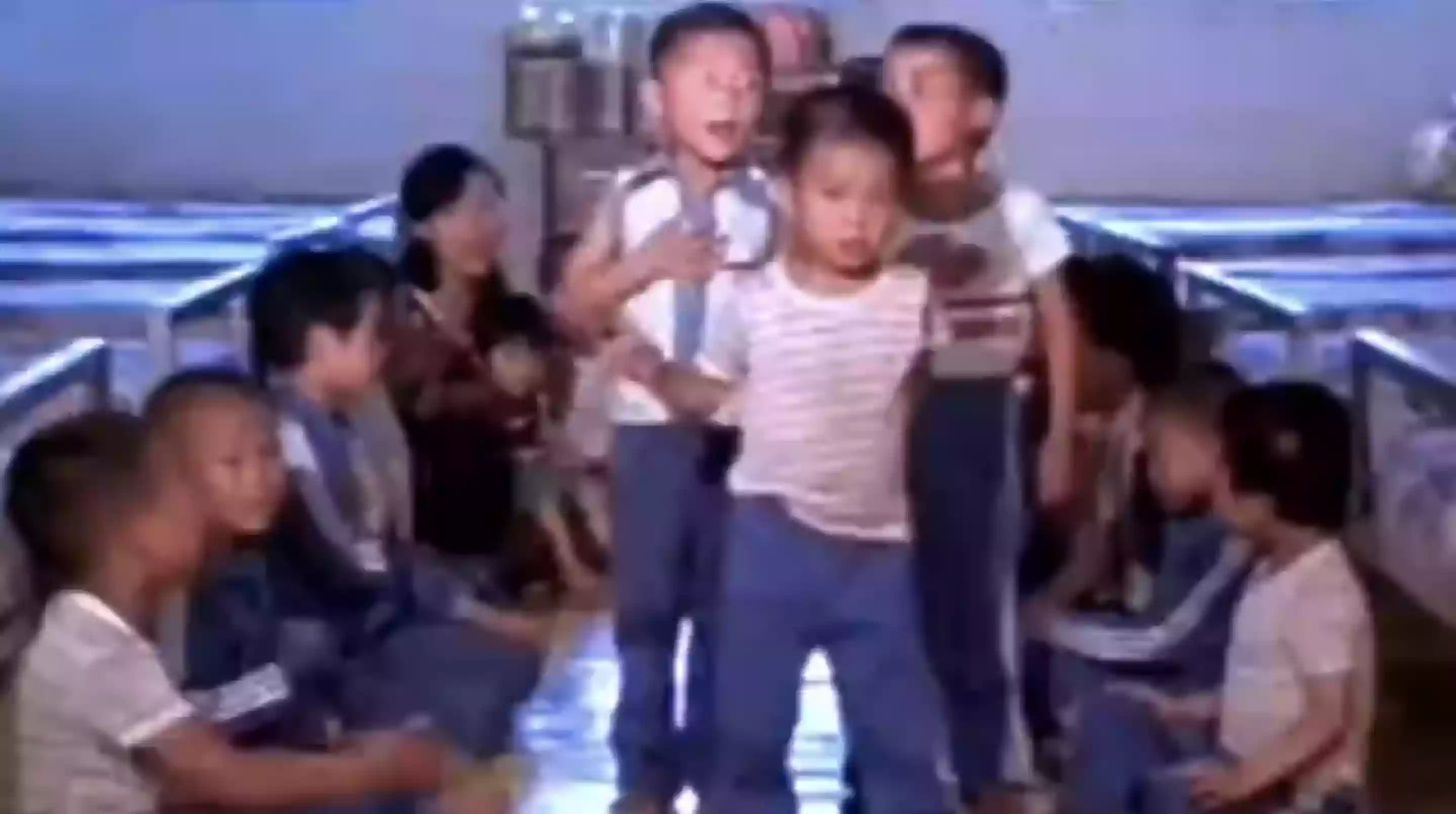
Youth Detention
Brothers Home pictures showing confined youth that inspired Squid Game's emotional scenes
These pictures from the 1980s show young detainees in institutional uniforms, scenes that later influenced Squid Game's portrayal of confined participants.
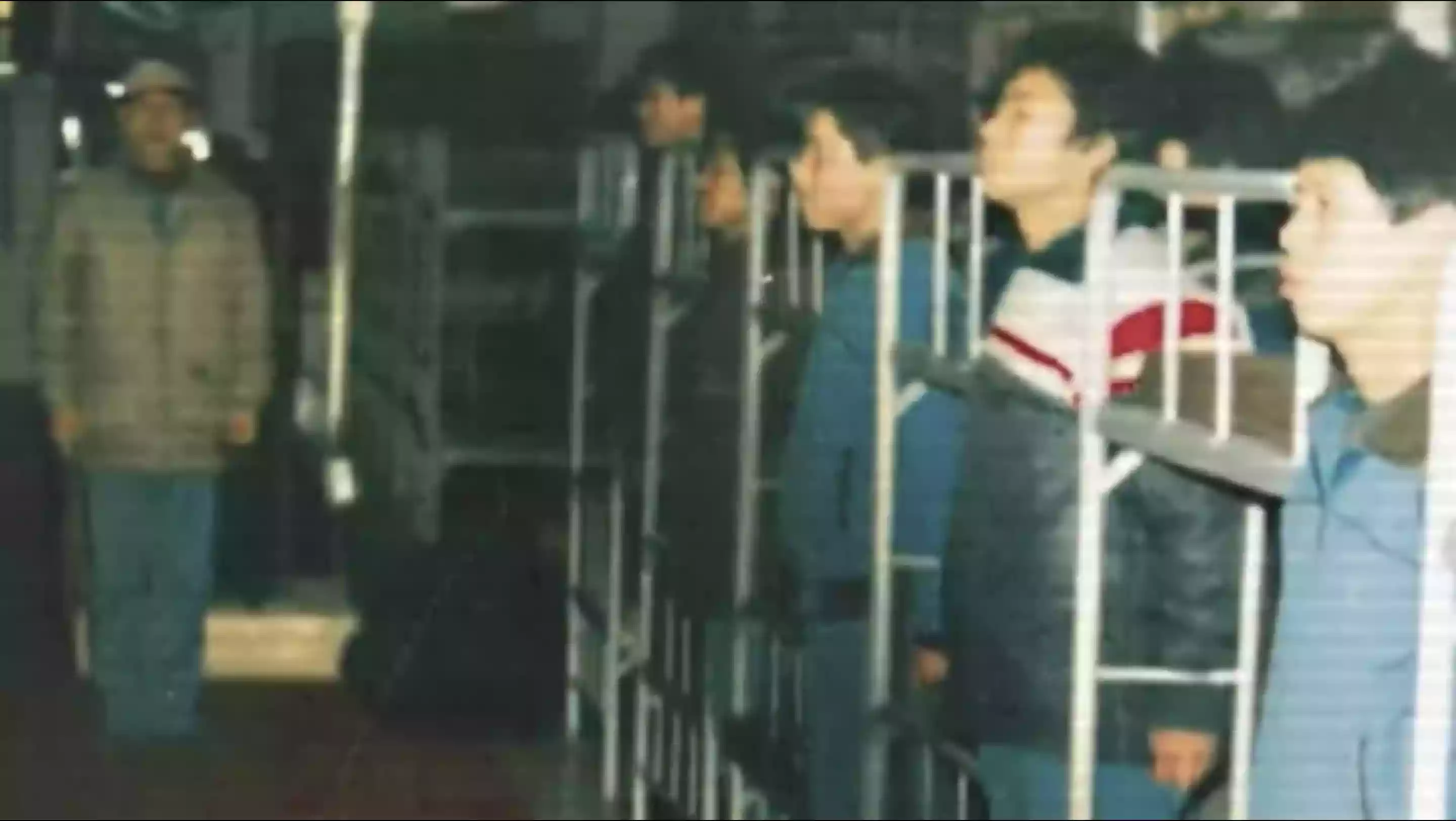
Morning Assembly
Brothers Home pictures showing morning formations that inspired Squid Game scenes
These pictures document the strict morning assemblies and formations that influenced similar organizational scenes in Squid Game.
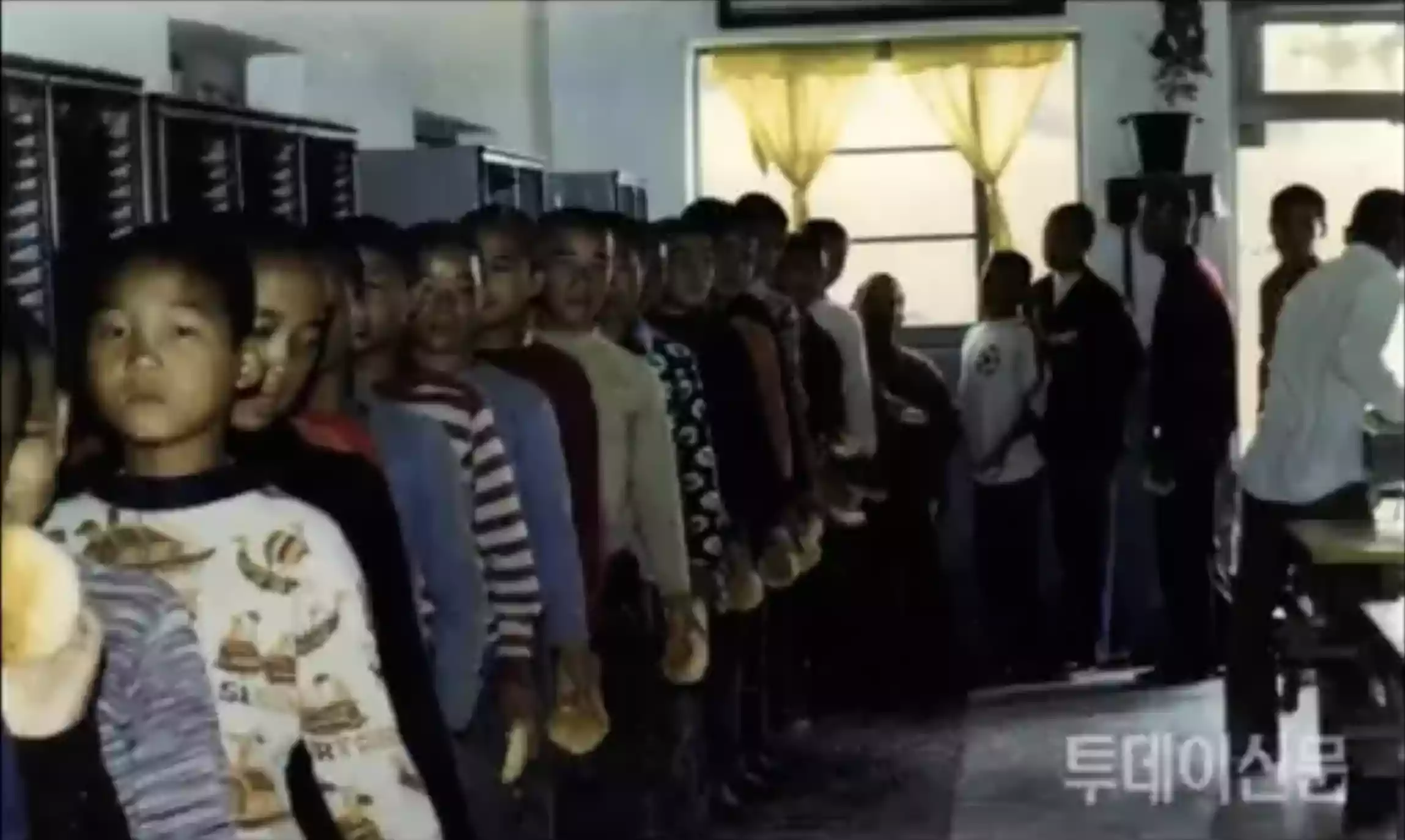
Youth Selection
Brothers Home pictures showing youth processing that inspired Squid Game participant selection
These pictures reveal the systematic organization of youth detainees, scenes that later influenced Squid Game's participant processing sequences.
Facility Pictures
Explore pictures of the actual Brothers Home facility in Busan. See how these real locations inspired Squid Game's iconic sets.
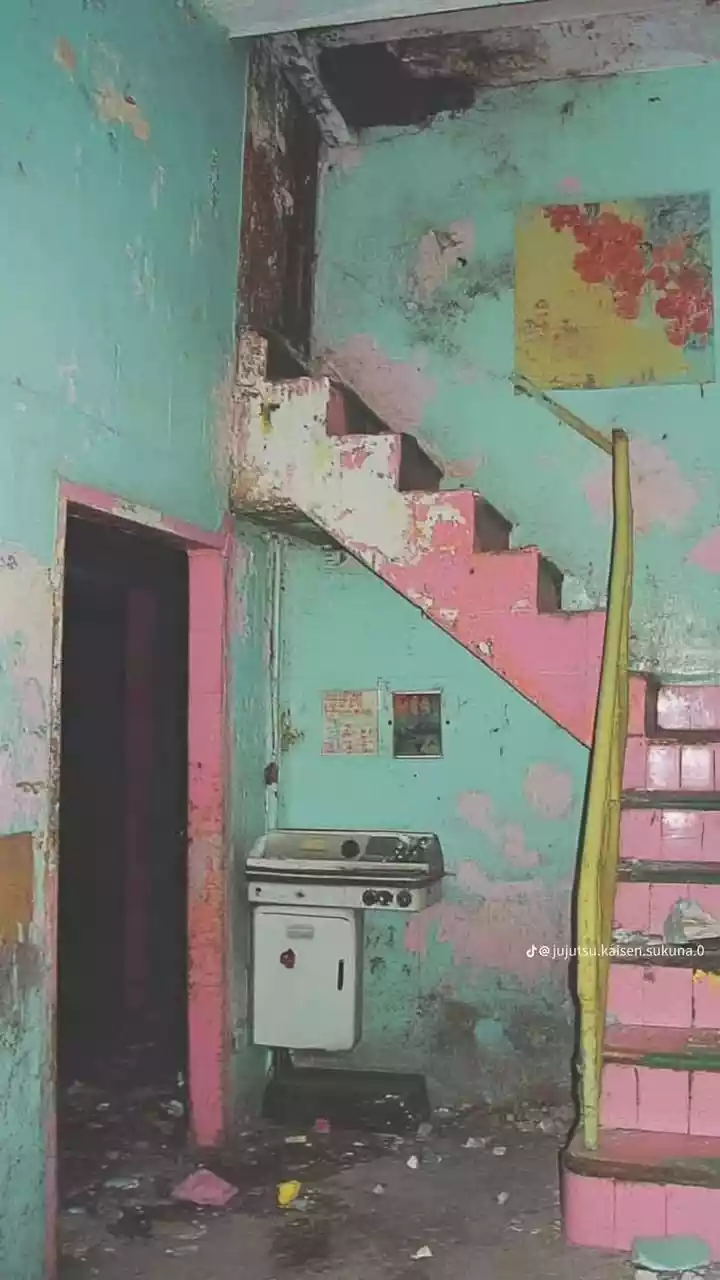
Main Entrance
Pictures of Brothers Home entrance gates in 1975, this real story shows similar security design to Squid Game
These Brothers Home pictures document the main entrance where thousands entered. The security design directly inspired similar scenes in Squid Game.
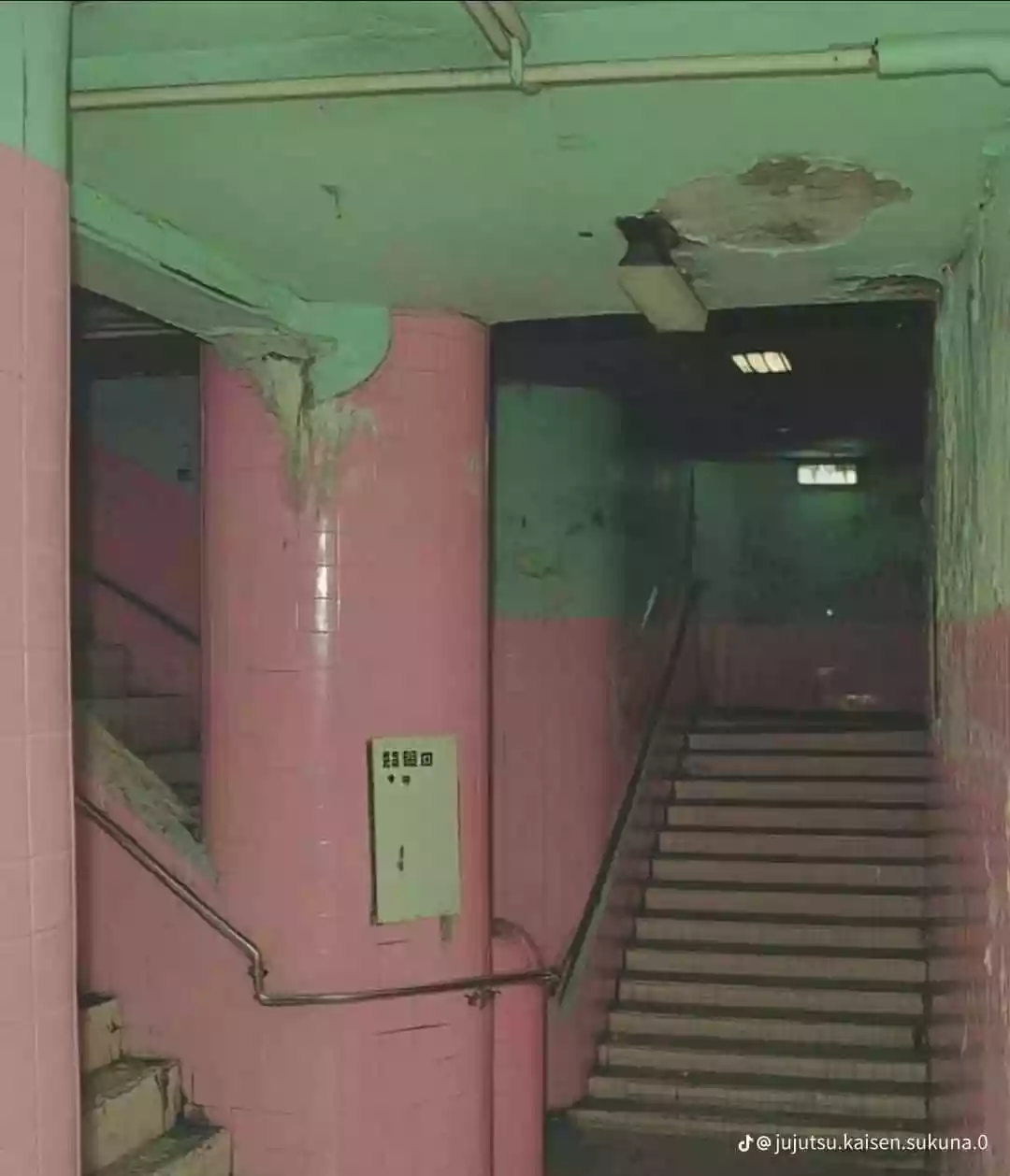
Brothers Home Dormitory
True story of Brothers Home dormitory layout inspired Squid Game's contestant quarters
These pictures reveal the cramped living conditions that later influenced Squid Game's iconic sleeping hall scenes.
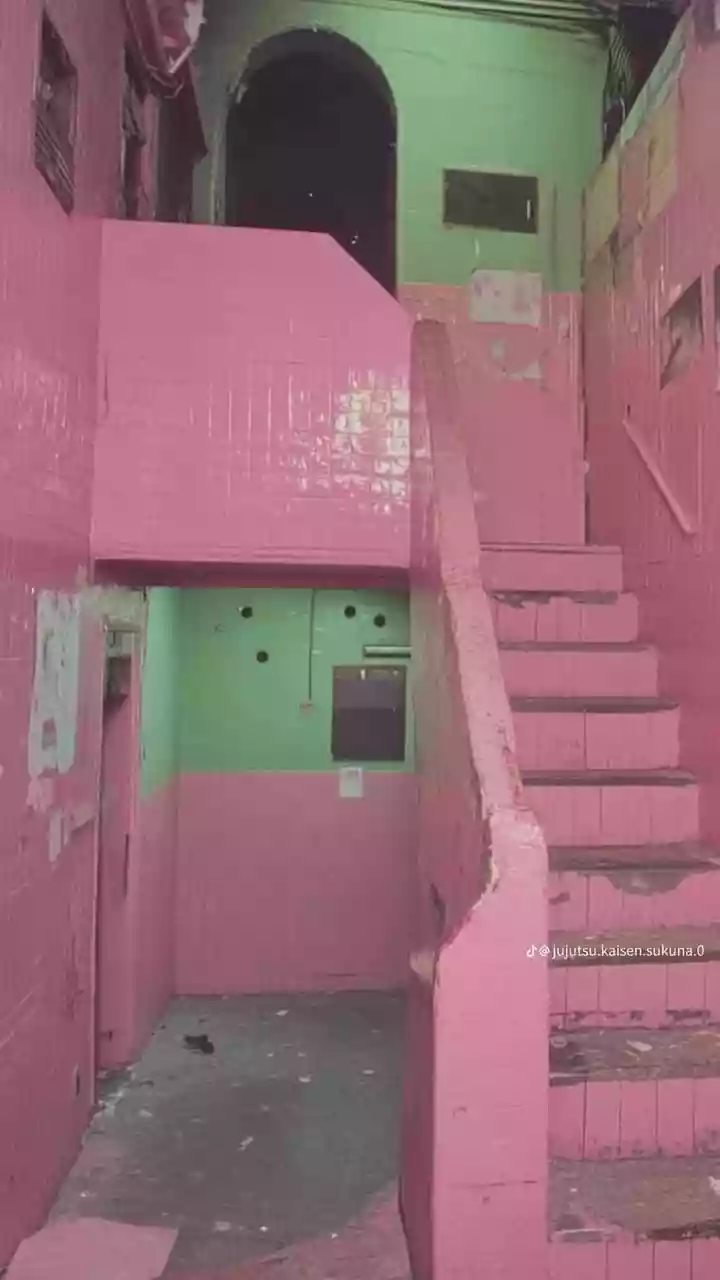
Work Area
Pictures of Brothers Home labor facility, similar to task areas shown in Squid Game
These pictures show where forced labor took place, a scene that parallels the competition areas in Squid Game.
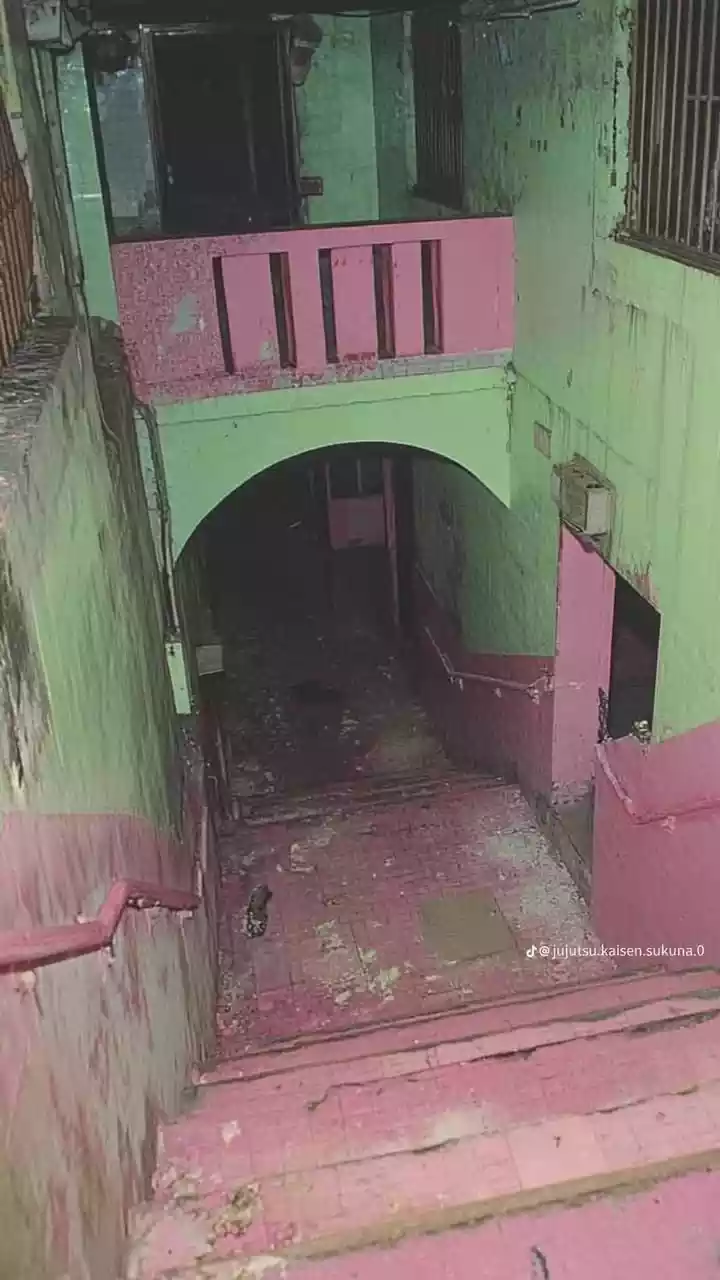
Brothers Home Complex
Aerial pictures of Brothers Home facility that inspired Squid Game's isolated setting
These pictures reveal the isolated complex that influenced Squid Game's facility design.
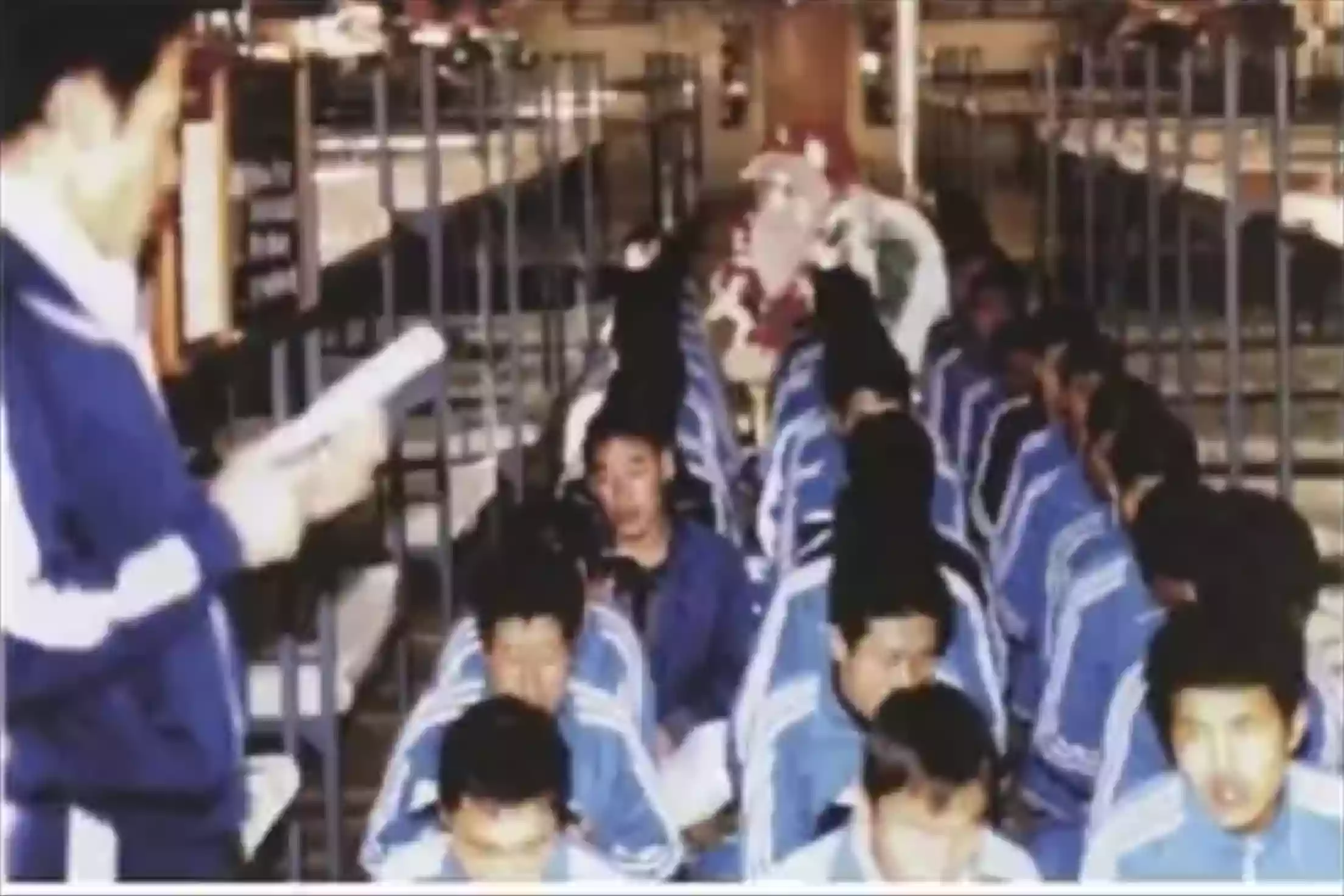
Dormitory Exterior
The exterior wall of Brothers Home dormitory, photographed in the 1980s.
A row of windows with iron bars lines the concrete walls, making the facility resemble a prison rather than a welfare institution. These windows witnessed the plight of thousands who were illegally detained.
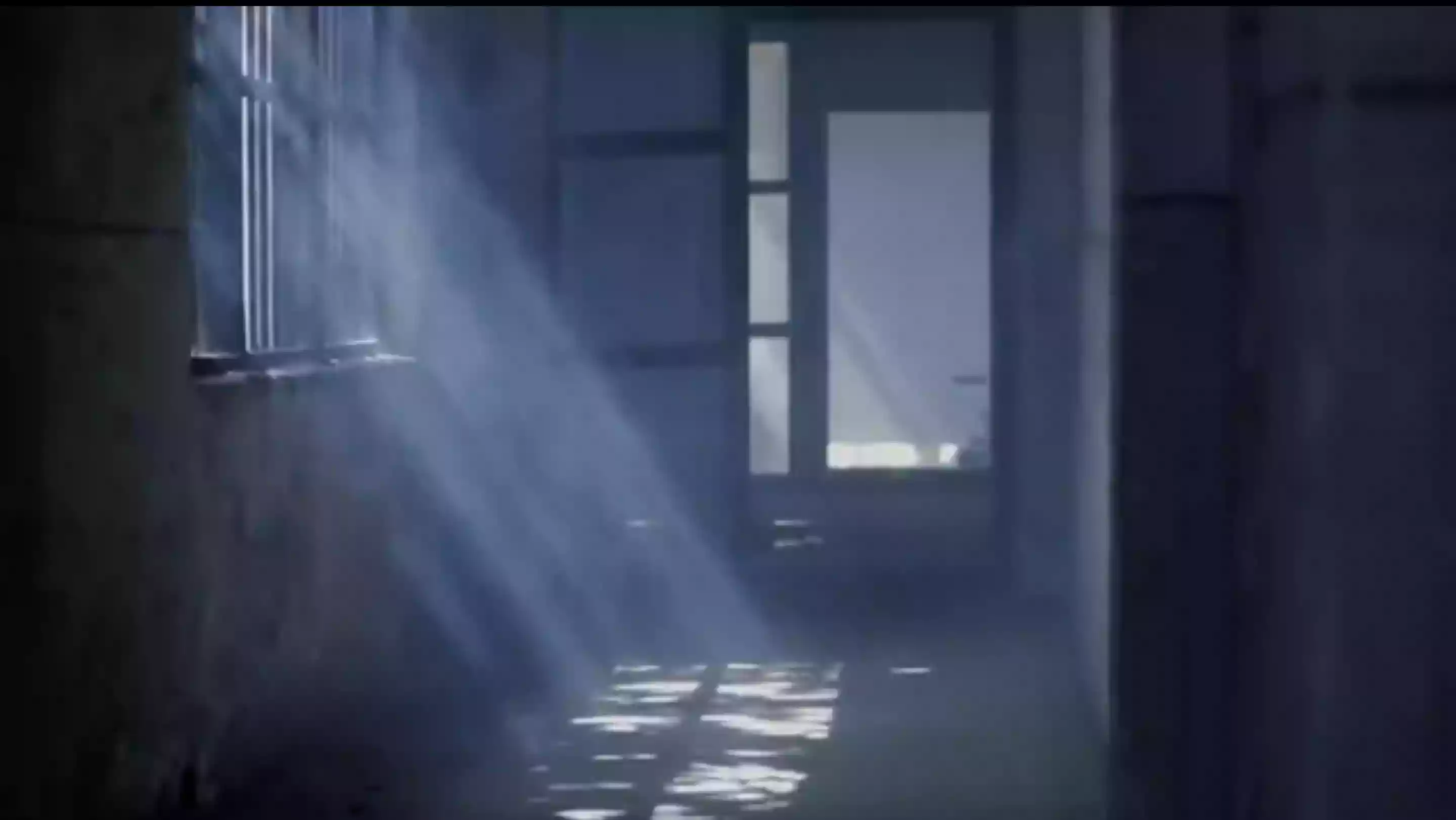
Interior Light
A recreation of the interior scene at Brothers Home.
Sunlight through barred windows casts shadows on the floor. Behind this seemingly peaceful scene lies countless days and nights endured by thousands of illegally confined residents. Each ray of light carries the weight of historical memory.
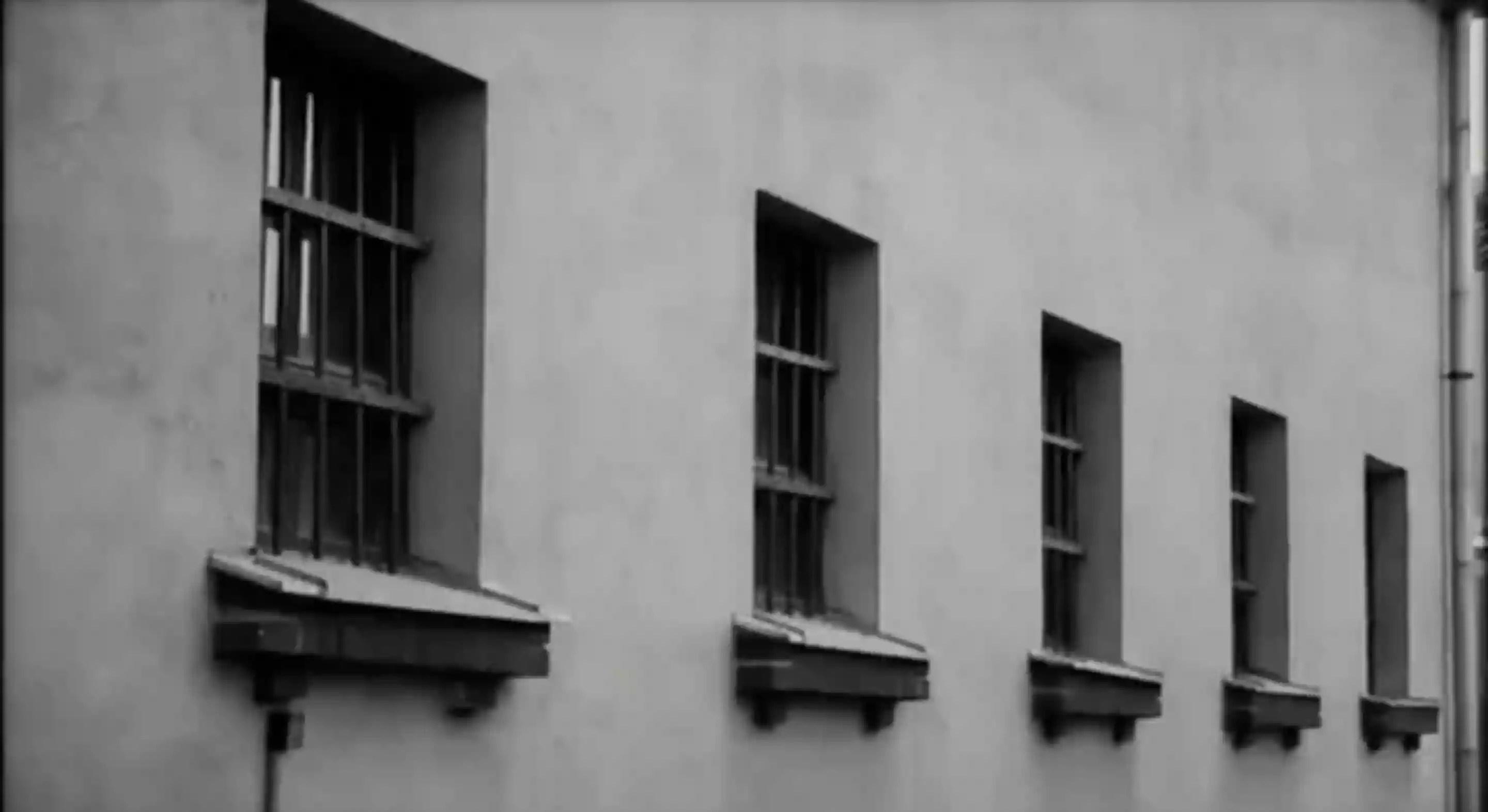
Window Barriers
Brothers Home facility pictures showing barred windows similar to Squid Game sets
These pictures capture the barred windows and concrete walls that later inspired Squid Game's iconic facility design and atmosphere of confinement.
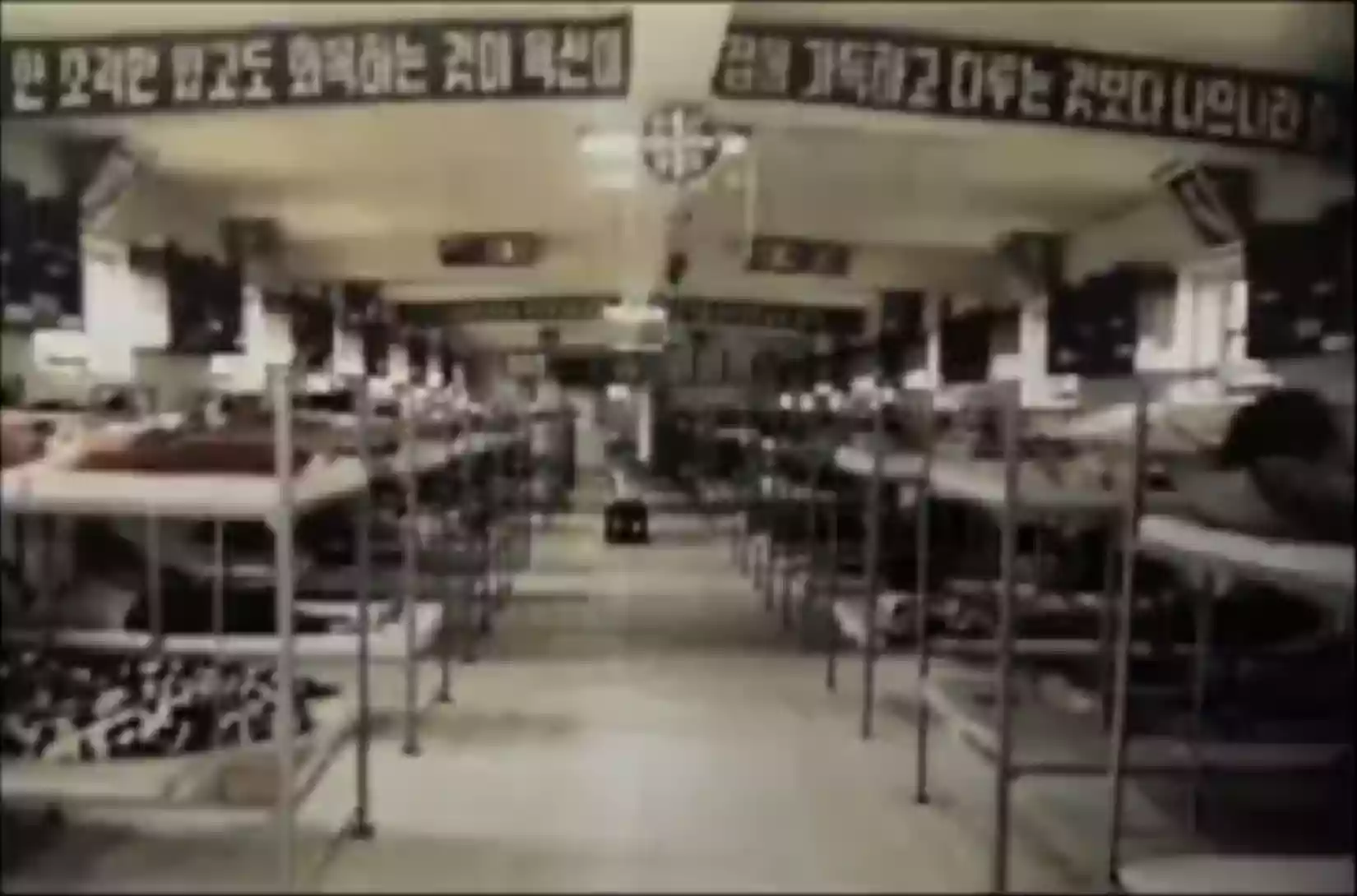
Dormitory Conditions
Brothers Home dormitory pictures showing crowded conditions similar to Squid Game sleeping halls
These pictures reveal the overcrowded dormitory conditions with metal bunk beds, which later inspired Squid Game's contestant sleeping quarters design.
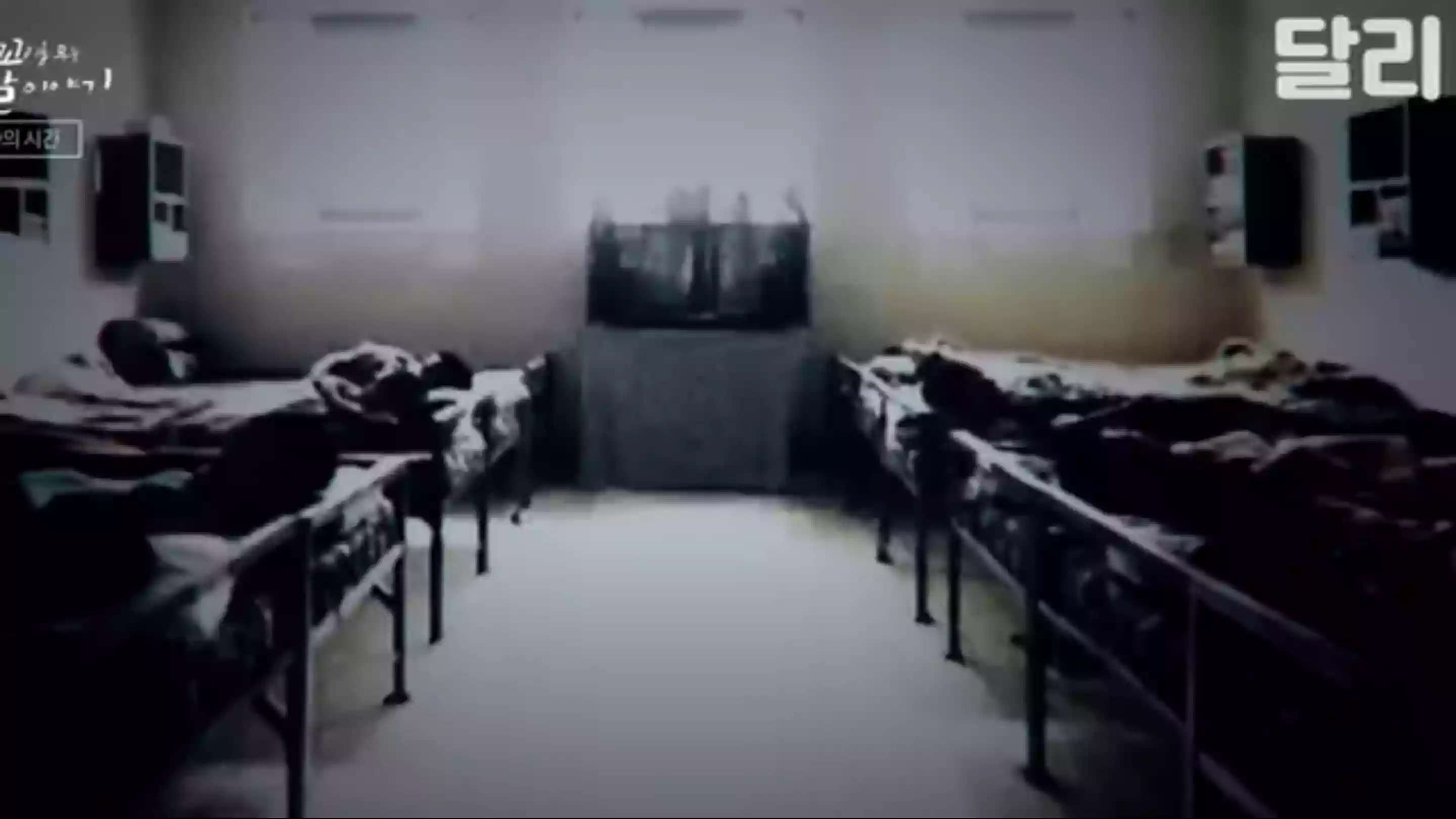
Night Quarters
Brothers Home pictures showing night conditions that inspired Squid Game dormitory scenes
These pictures document the cramped sleeping arrangements that influenced Squid Game's iconic dormitory sequences.
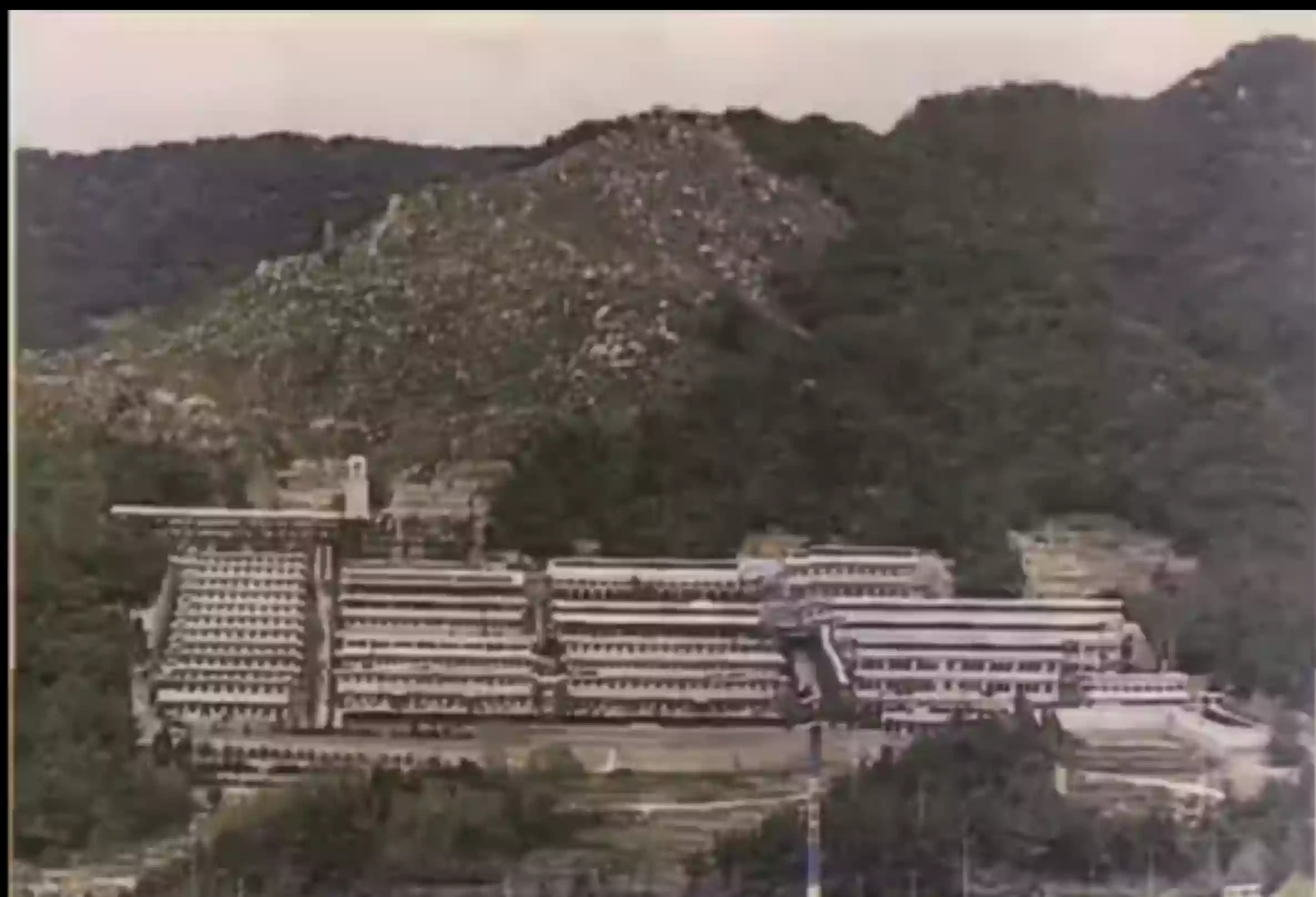
Aerial View
Brothers Home aerial pictures showing mountain facility that inspired Squid Game's isolated location
These aerial pictures reveal the mountain complex design that later influenced Squid Game's isolated facility and surveillance systems.
Historical Records
View historical records and pictures that document life in Brothers Home. Compare these real events with scenes from Squid Game.
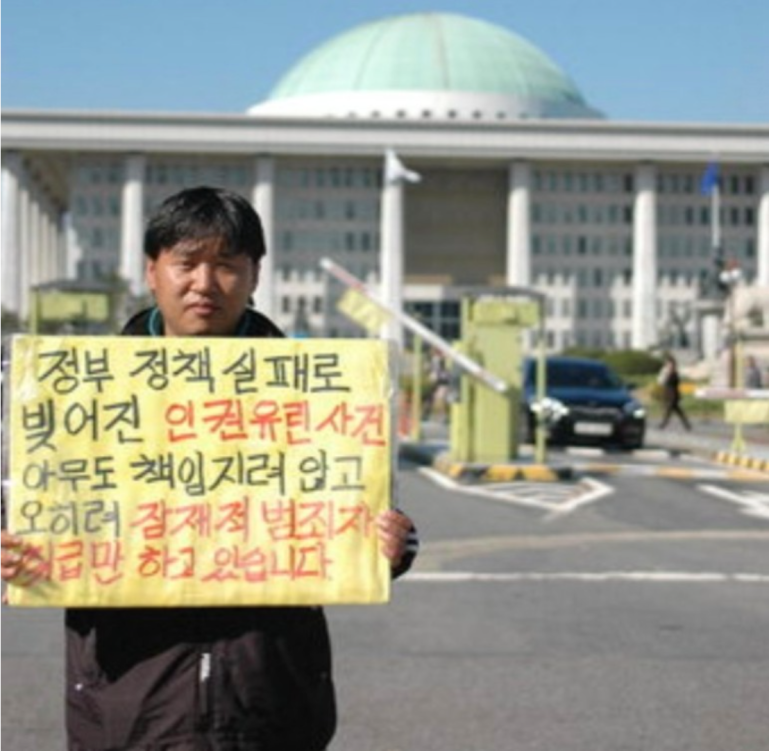
Survivor Testimony
Brothers Home survivor pictures and testimony that inspired Squid Game storylines
These pictures capture survivor testimonies that influenced Squid Game's character narratives and emotional depth.
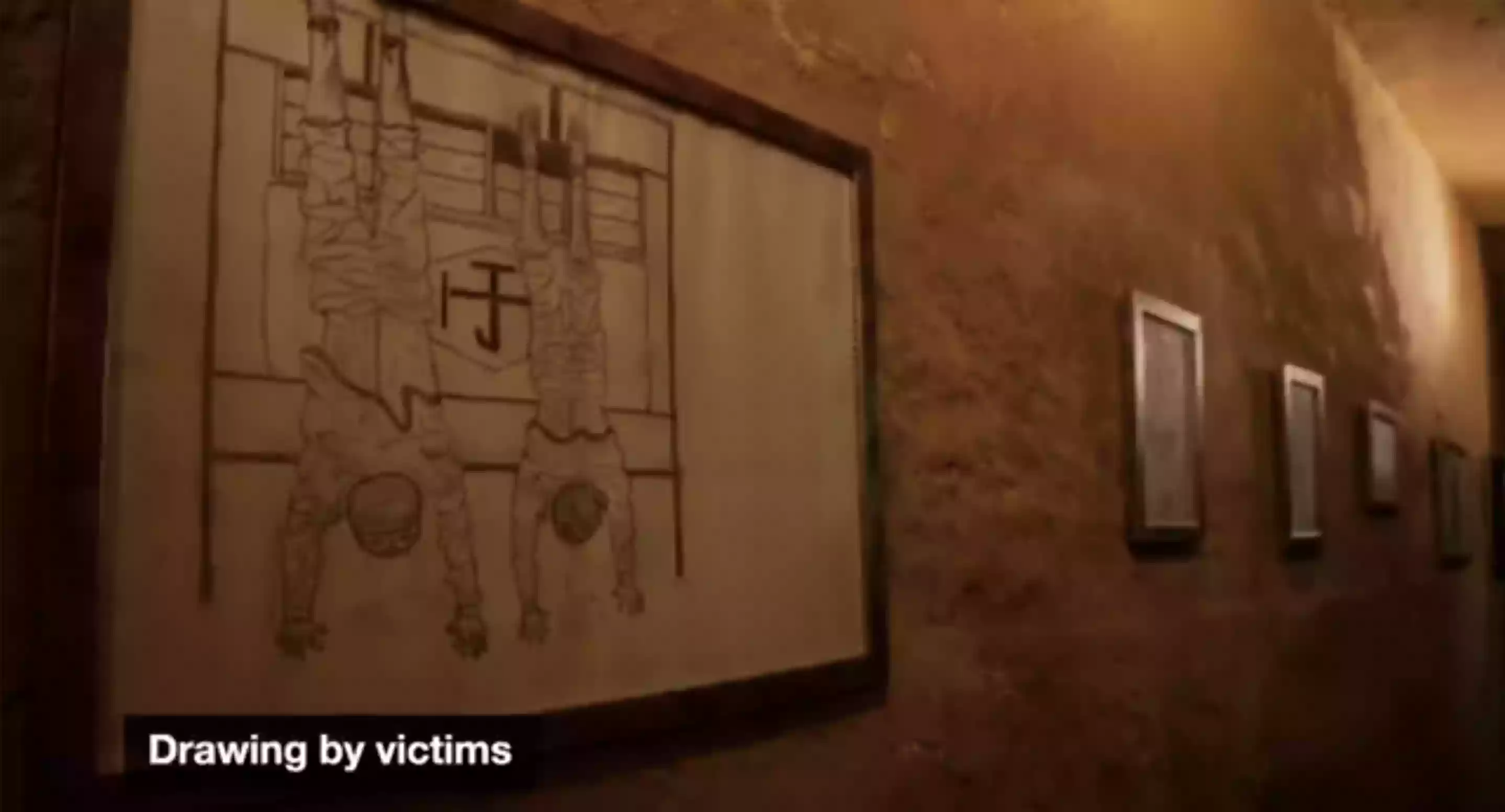
Punishment Records
Brothers Home survivor drawings showing punishment methods that inspired Squid Game scenes
It includes survivor sketches documenting punishment practices, which later influenced similar dramatic scenes in Squid Game.
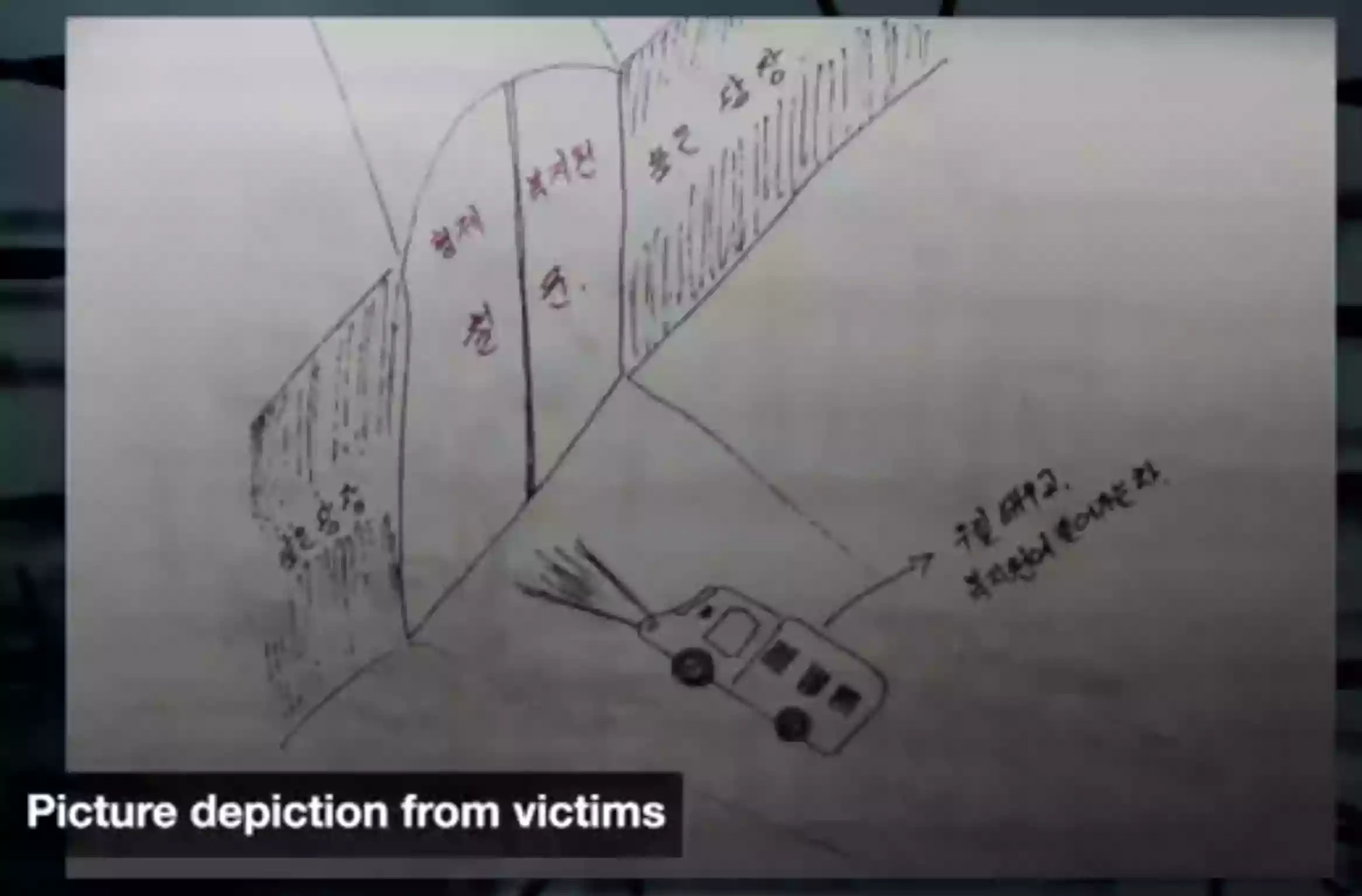
Facility Layout
Brothers Home survivor map drawings that influenced Squid Game facility design
These layout pictures drawn by survivors show the facility's systematic organization, which later inspired Squid Game's iconic game arena design.
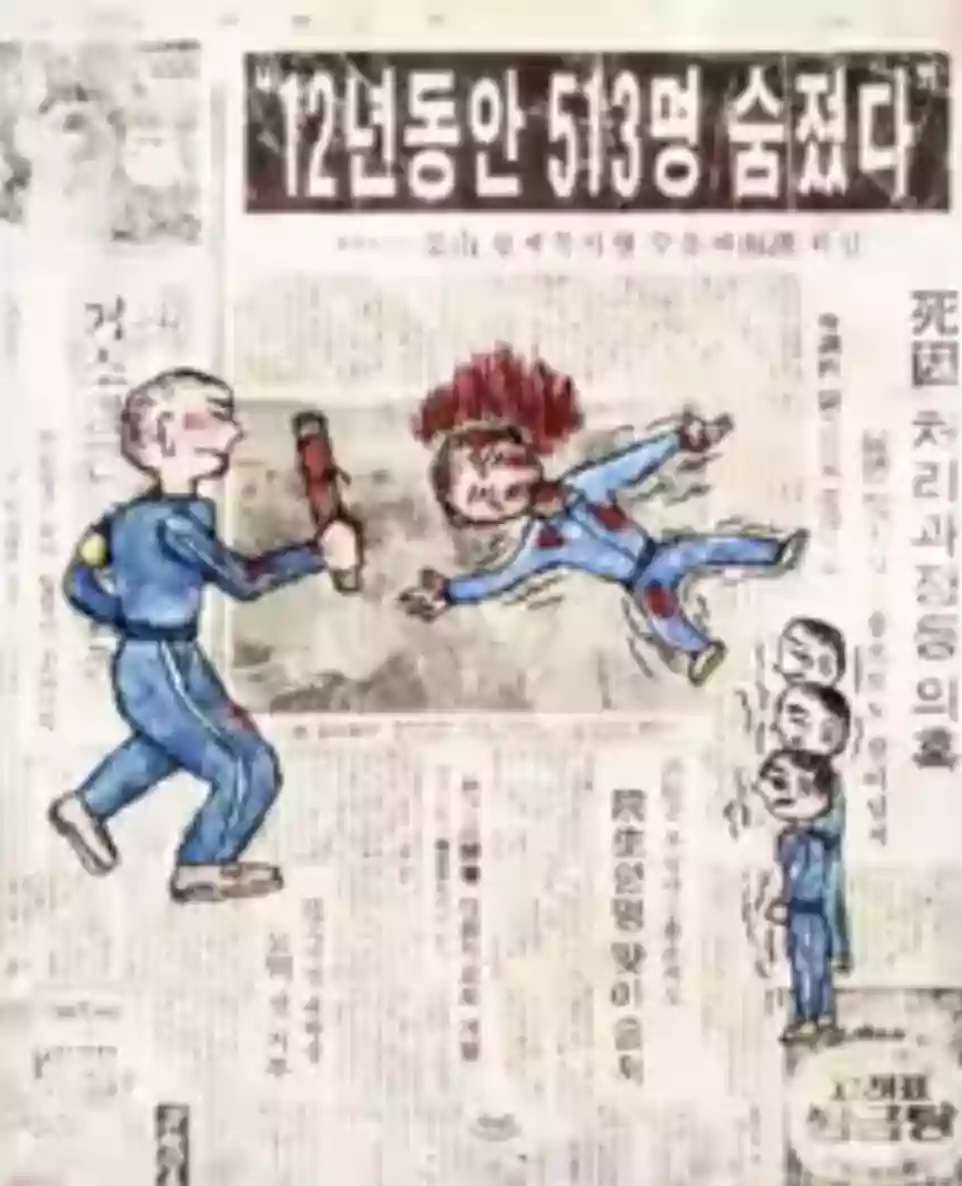
Survivor Art
Brothers Home survivor artwork depicting scenes that inspired Squid Game's dramatic moments
These Brothers Home pictures include survivor illustrations that influenced Squid Game's portrayal of intense confrontations and emotional scenes.
Brothers Home vs Squid Game
Discover how Brothers Home pictures and history inspired Netflix's Squid Game scenes
Living Conditions
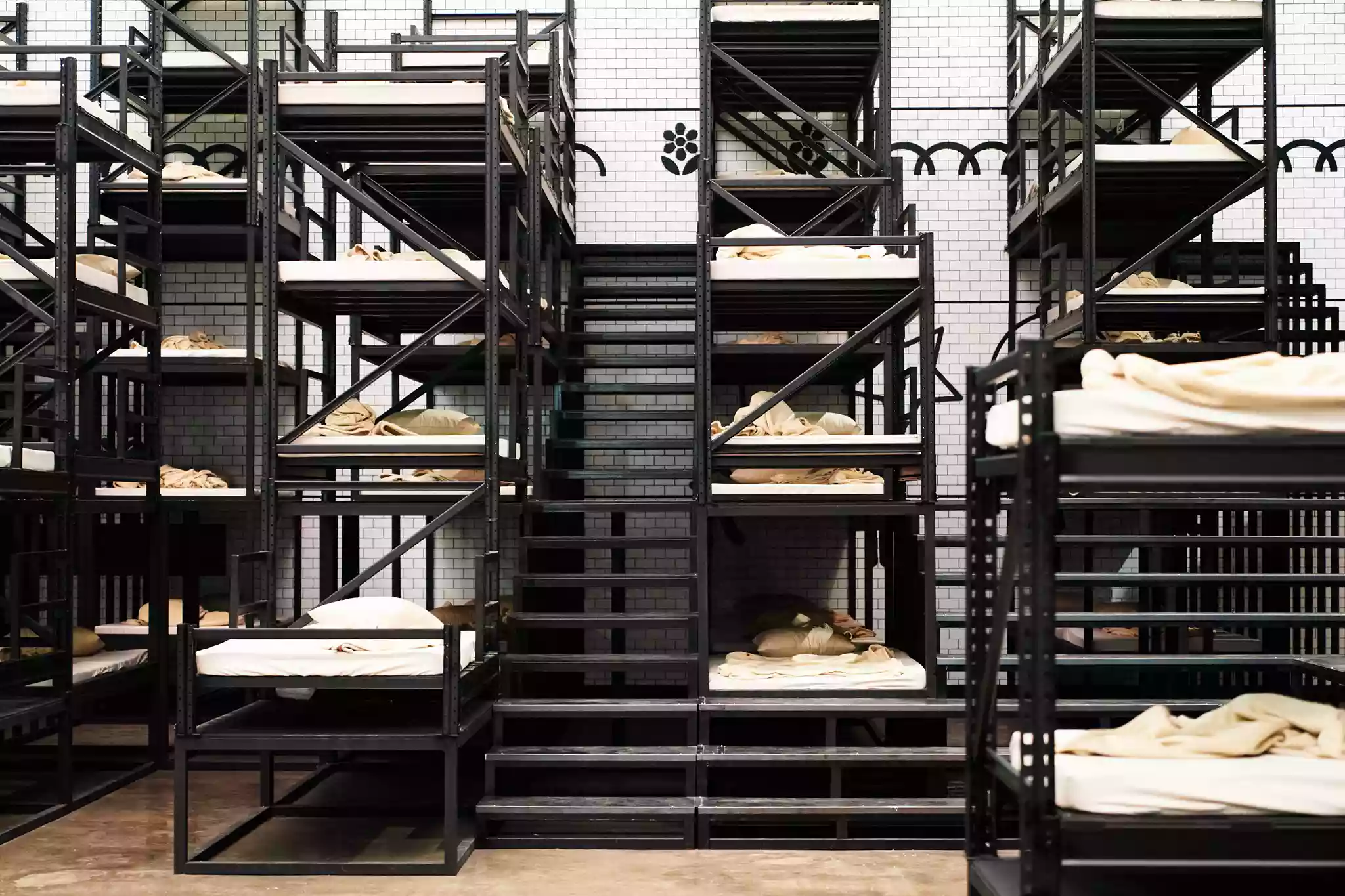
Squid Game's dormitory scenes were directly inspired by Brothers Home pictures, showing similar institutional environments and dehumanizing conditions.
Popular Inquiries
Find answers to frequently asked questions about Brothers Home history
Were there any similar cases to Brothers Home?
Yes, there were several similar cases to Brothers Home in South Korea, categorized as follows:
Re-education Camps: The Samchung Re-education Camp, active in the early 1980s under Chun Doo-hwan, detained 60,000 to 100,000 individuals without warrants...
Click to read the full answer and explore more questions about Brothers Home history.
Real Story
Uncover the documented history and evidence of Brothers' Home
As Seoul prepared to dazzle the world with the Asian Games and Olympics, the government faced a pressing question: What to do with those who didn't fit their vision of a modern nation?
Located near a residential area, Brothers' Home hid in plain sight. Local authorities didn't just turn a blind eye - they actively participated.
Memory & Reflection
How modern storytelling brought a forgotten history back into the light
Breaking Silence
When "Squid Game" captured global attention, it did more than entertain--it created a space where long-silenced voices could finally be heard.
Cultural Impact
Through the lens of popular media, a new generation discovered this history, proving that art can bridge the gap between past trauma and present understanding.